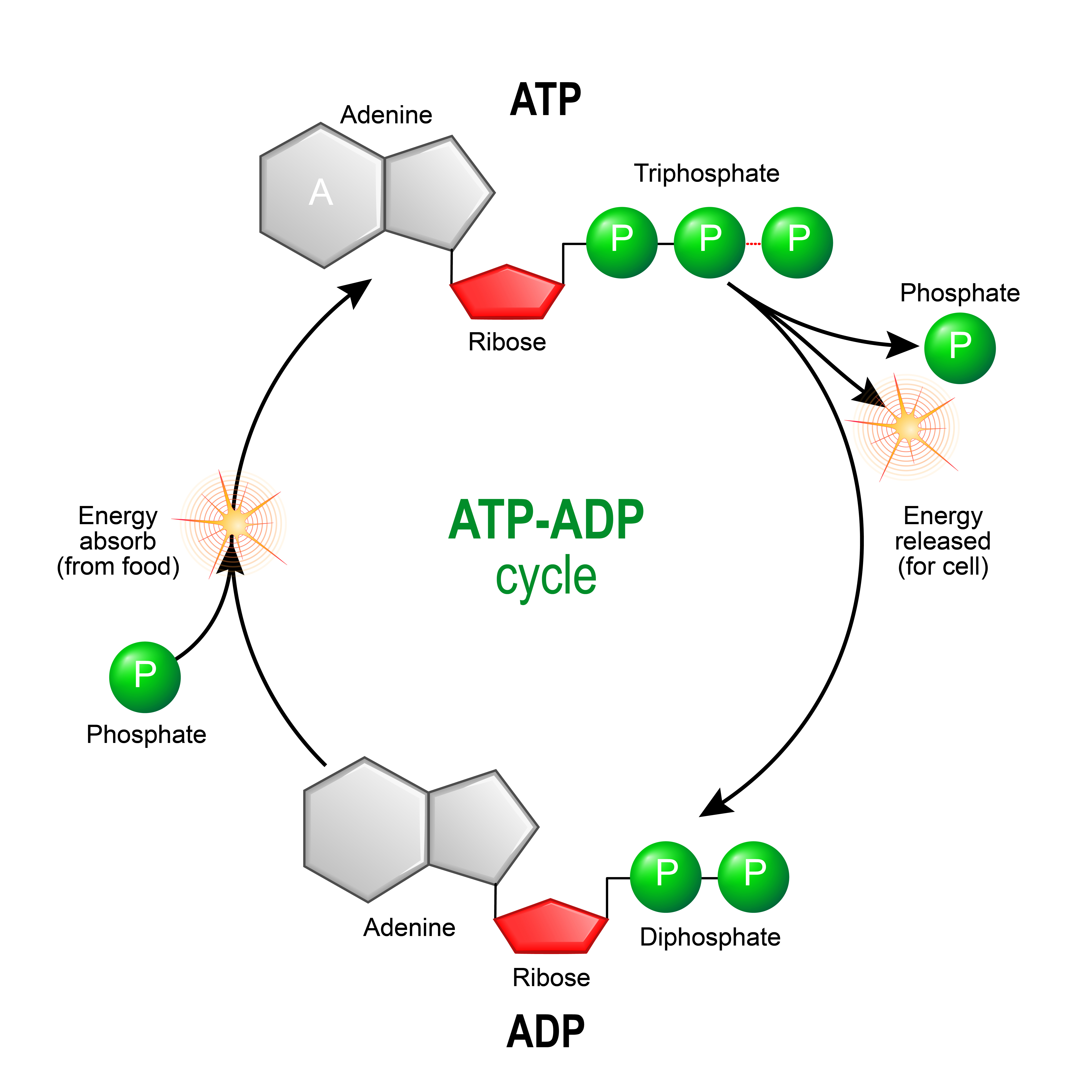
Taken together, no cohesive model emerges. Proposed mechanisms for the Warburg effect include altered expression of proteins, including levels or isoforms of glycolytic enzymes ( 18), the mitochondrial pyruvate carrier ( 19) as a wide variety of specific transcriptional alterations ( 20). The Warburg effect, for example, characterized by high rates of glycolysis and/or glucose uptake ( 15), has persisted for almost a century ( 16) despite its ambiguous definition and non-testable construction with respect to cellular bioenergetic behavior ( 17). Differences that are described as characteristic of cancer are difficult to interpret. Though many observations suggest that “cancer cell metabolism” is sufficiently different from normal cellular metabolism to be selectively targetable, the wide metabolic variation among cancers in different tissues, and even cells within a tumor, makes it difficult to test this hypothesis ( 11– 14). Though targeting the metabolic alteration that occurs in cancer is a long-pursued goal, a successful therapeutic strategy based on metabolic disruption remains unrealized. A better understanding of both the acute metabolic responses and longer-term metabolic remodeling is critical to identifying and selectively targeting metabolism in cancer cells ( 7, 8). Over longer time frames, cancer cells adapt to longer-term effects of the microenvironment with extensive transcriptional and architectural remodeling that enables unrestricted growth in different tissues and under wide ranges of conditions. Like any cell, cancer cells must respond to acute fluctuations in substrate availability to meet the demands for energy and intermediates required to survive and proliferate ( 4– 6). The ability of cancer cells to respond and adapt to available substrate conditions is widely studied ( 1– 3), with the primary goals of using cancer cell metabolism to develop diagnostic and therapeutic strategies. In contrast, the higher ATP production rate conferred by mixed substrates in MCF7 cells remains a potentially exploitable difference. The near-identical ATP production rates maintained by MCF7 and C2C12 cells given single substrates reveal a potential difficulty in using substrate limitation to selectively starve cancer cells of ATP. Overall, we find that MCF7 cells are highly flexible with respect to maintaining total cellular ATP production under different substrate-limited conditions, over an acute (within minutes) timeframe that is unlikely to result from more protracted (hours or more) transcription-driven changes to metabolic enzyme expression. Pyruvate, when added with other exogenous substrates, increases substrate-driven oxidative ATP production, by increasing both ATP supply and demand. In MCF7 cells, glutamine allows unexpected access to oxidative capacity that pyruvate, also a strictly oxidized substrate, does not. In comparison, non-transformed C2C12 myoblast cells show no change in ATP production rate when substrates are limited. This increase occurred mainly through faster oxidative ATP production, with little to no increase in glycolytic ATP production.

Here, we show that MCF7 breast cancer cells, given different combinations of the common cell culture substrates glucose, glutamine, and pyruvate, display ATP production rates 1.6-fold higher than when cells are limited to each individual substrate. While substrate limitation can dramatically alter cell behavior, the effects of substrate limitation on total cellular ATP production rate is poorly understood. 3Buck Institute for Research on Aging, Novato, CA, United StatesĬancer growth is predicted to require substantial rates of substrate catabolism and ATP turnover to drive unrestricted biosynthesis and cell growth.2Department of Biological and Pharmaceutical Sciences, Touro University California College of Pharmacy, Vallejo, CA, United States.1Department of Natural Sciences and Mathematics, Dominican University of California, San Rafael, California, CA, United States.


 0 kommentar(er)
0 kommentar(er)
